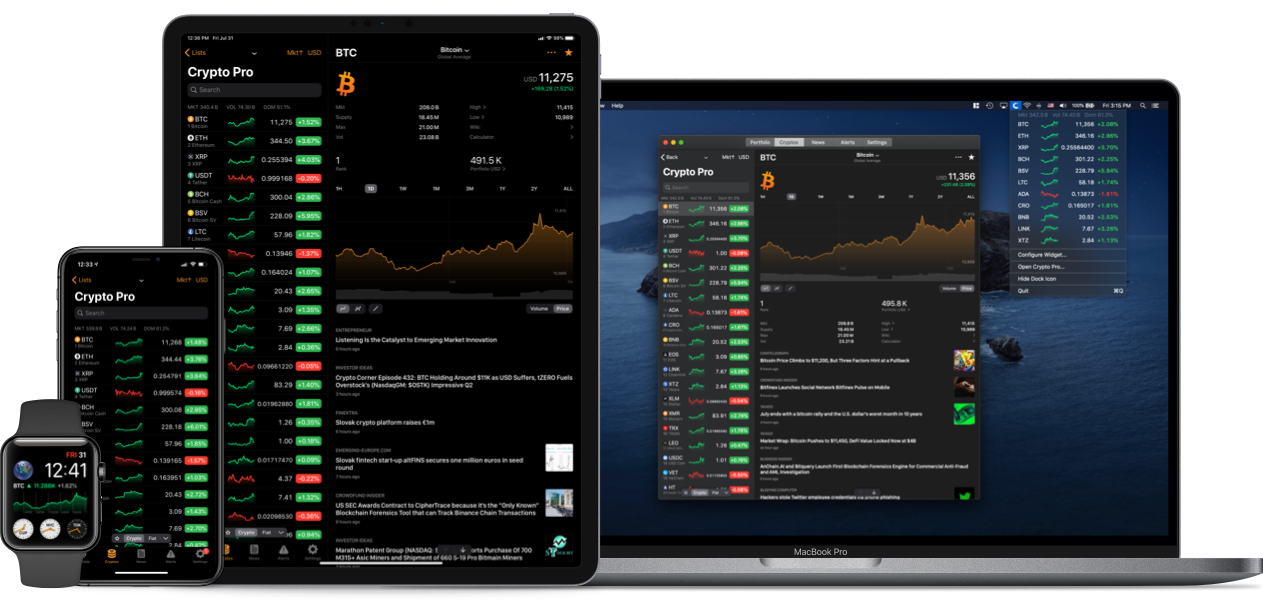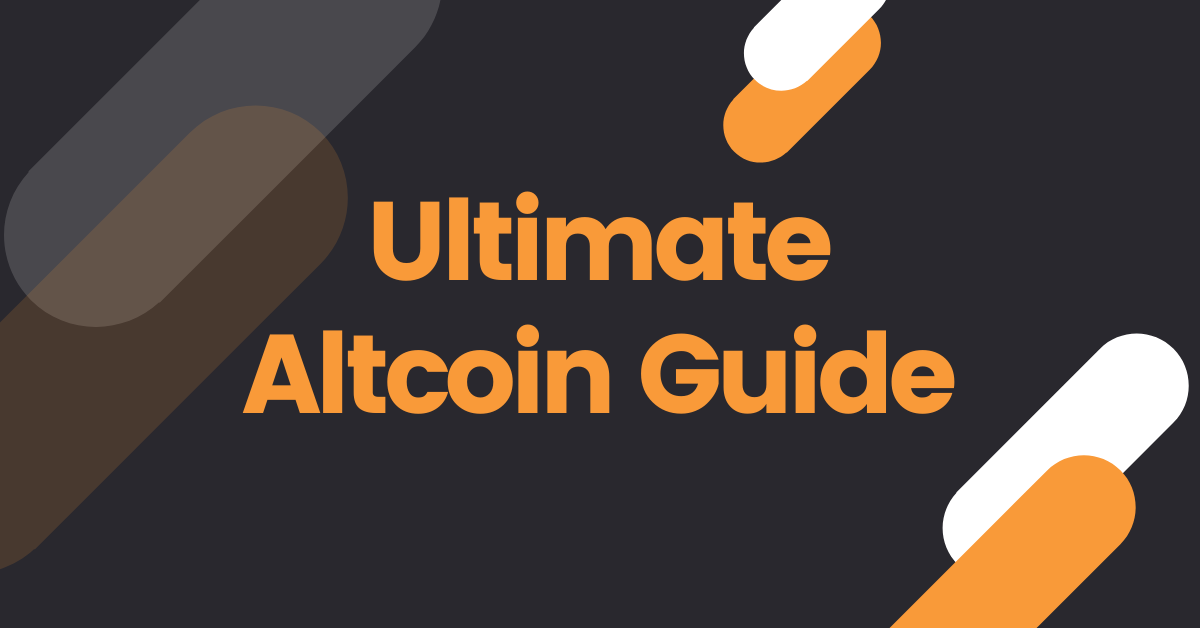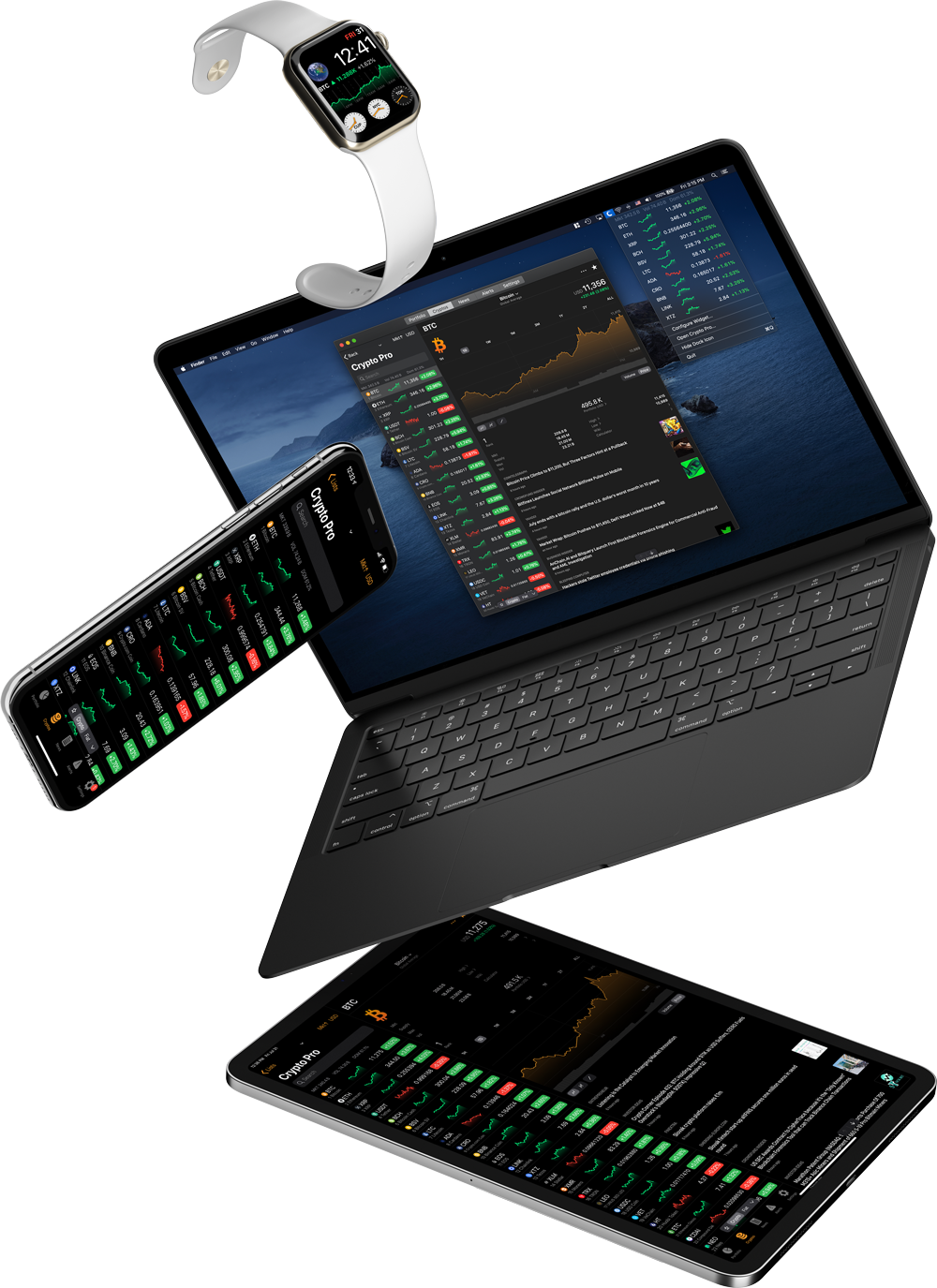A comprehensive analysis of the top cryptocurrencies today
Before investing, it is important to understand the risks and do your own due diligence so that you can make an informed decision. Please keep in mind that cryptocurrencies are volatile and that previous price action does not dictate future behavior. Only invest in what you can and are willing to lose.
With that in mind, this review was designed to help altcoin investors make a more informed decision and should not be considered investment advice.
This is an in-depth analysis of the core fundamentals of the best altcoins innovating and bringing value to the crypto space this year.
Chainlink (LINK)
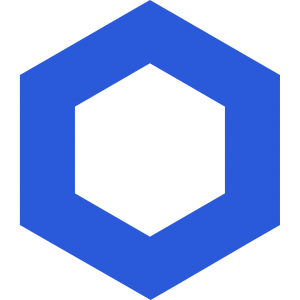
Blockchains have an issue exchanging information with outside networks. Involving a third party to validate information into any network can be a rather complex process.
That’s where smart contracts come into play by creating a seamless and efficient vetting system to verify identity and execute transactions.
The problem, however, is how can you “trust” a source without “proof”? That’s where an “oracle” comes in.
It works as an agent that verifies real-world on-time information and submits it to the blockchain, enabling the smart contract to be executed.
To prevent fraud, Chainlink uses multiple nodes and compares all oracles for reliable data. It creates a safe “window” to execute said smart contract. The network works by rewarding the author of the smart contract in (LINK) for the oracle that processed the data.
The Good
Chainlink has a partnership with SWIFT, which is the largest global provider for secure banking transactions. Through SWIFT, Link will be able to form great connections within the fintech space.
Smart contracts represent a fraction of all transactions executed daily. Around 10 million contracts have been executed to date. It is expected that that number will be in the billions in the next 5 years.
The Bad
Chainlink isn’t known for its marketing. They’re more concerned about attracting institutions and businesses that can benefit from the technology.
They might have a short leash from their SWIFT partnership. Their partnership is a double-edged sword and can often lead companies to not develop and innovate as “freely” as they so desire.
No real “competitors” on the horizon. This can often be viewed as a positive, but not having competition often prevents innovation.
Top Exchanges
Website
There is extensive technical detail on their website for those interested in a case for LINK and its applications:
0x (ZRX)

We often debate the importance of regulation as a leading step for institutional investors to get more involved in the cryptocurrency asset class. The attempt to tokenize equities and real estate has often been derailed by the hurdles of regulation and a lack of urgency to drive pioneers into the tokenized space.
But how about a “layer” within the blockchain and the web that guarantees access to a decentralized market? That’s where ZRX comes in.
This open protocol for decentralized exchanges allows users access to the Ethereum blockchain. With 0x, users can access digital signatures that enable trading pairs with other “contracts”. With ZRX, the world trade can finally be reinvented and reinstated.
One of the most interesting aspects of the 0x project is that the protocol is free to use, further reducing the footprint required to navigate and rely on the blockchain. However, decentralized exchanges built using their protocol can charge fees.
The Good
0x will be used as a payment system for trading fees to “relayers”. These relayers broadcast the order book placed across public, private and decentralized exchanges and provide liquidity by hosting them. The token also has another essential role in the governance of the protocol and in the future’s direction of the network.
The Bad
There is an issue with the use case of the token. There isn’t a need for the token as a form of payment to relayers. The liquidity of the network would operate with far fewer issues with a higher reach and flexibility such as Ethereum’s gas dynamic. Until this issue is addressed the long term vision of the project and its value is yet to be established.
Additionally, the SEC seems to have its eye on this project and a crackdown could be coming.
The project is focused on the Ethereum blockchain. If a competitor was able to create a decentralized system that could allow other smart contracts, ZRX interest and value could be lost.
Top Exchanges
Website
For more info: https://0x.org
Tierion (TNT)

Data fraud is so common that the biggest companies have entire departments dedicated to minimizing the costs of said practice.
Securing this massive data collection isn’t easy and, using current methods, it isn’t cost-effective. Tierion uses blockchain technology to secure data and to ensure it cannot be tampered with. They have created a system (Chainpoint), designed to link data through a series of nodes to the bitcoin blockchain.
It “anchors” the data in a scalable, low cost and easily verifiable manner, by using timestamps that continuously verify and determine if the data is identical once submitted. This timestamp is recorded as this digital record is a hash, which if changed from the original document is flagged; removed from the system and the “fraud” is exposed for further evaluation.
Clients pay nodes in TNT for these verifications. The nodes then pay core members in TNT to anchor these “proofs”. Nodes must stake TNT to take part in the ecosystem. As the network expands and the operation increases, this diminishes the total supply as well as build value to the token.
The Good
What makes Tierion shine within this space is how quickly they have been adopted by some of the biggest corporate giants such as Philips, Xero, Ultimus, and Liaison; Way ahead of their competitors.
The Bad
There is still stiff competition.
Factom, funded in 2014, is one of Tierion’s competitors with 27 more employees than Tierion. The organization also generates $8M more in yearly revenue.
Additionally, BlockCypher was founded in 2013 and generates $10M more revenue.
Axoni was founded in 2013 and generates $2M more yearly revenue.
It is, however, important to note that none of these companies are growing as rapidly in the partnership department as Tierion.
Top Exchanges
Website
Cosmos (ATOM)
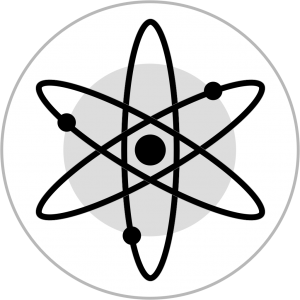
Branding themselves as “The Internet of Blockchains”, Cosmos has described their platform as the most fluid, scalable and interoperable landscape within the entire blockchain sector.
Powered by Tendermint and Byzantine Fault Tolerant algorithms, it prides itself on its ability to achieve consensus in a network with potentially compromised nodes.
Cosmos uses a consensus known as delegated Proof of Stake “PoS”. This approach organizes the stakers into two groups: Validators and Delegators.
Delegators vote which validators participate in their consensus and Validators validate transactions and add new blocks to the blockchain.
Currently, block speed is averaging 6 to 7 seconds.
Rewards are given as ATOM tokens, but the Cosmos Network can use any cryptocurrency validated within their network as a reward token. Nodes operating in a malicious fashion are removed from the network as well as any tokens used by such nodes.
The Bad
After an astonishing market capital growth and a well-received project within the crypto community, there are some things to consider:
Average block size isn’t what has been expected. Validators have been unsatisfied with less annualized block rewards.
Nodes and token supply are very “centralized”. This is a common issue within the space. Big investors didn’t waste any time by scooping up any available tokens in order to control the validity of the network. This can at times secure the stability of the network with proper capital. But decentralization is what creates a strong PoS network.
Token’s need a 3-week “unbonding” period in order to secure the network against “Longe Range Attacks”.
Mainnet has been postponed multiple times, without a scheduled launch date.
Cosmos competes with some of the largest projects in blockchain: Cardano, Komodo, Icon, Wanchain, Aion, Ark, and Polkadot.
Top Exchanges
Website
Binance Coin (BNB)

It’s not possible to talk about Binance’s coin without first referring to why it’s in the spotlight. Binance exchange rose to power during 2017’s China cryptocurrency ban turmoil and quickly became the beacon for any premium cryptocurrency listing.
It has since moved its headquarters to the crypto safe haven island of Malta in the EU. Their aggressive approach to a market that had yet to stand in firm ground, was to provide users a reliable exchange with high liquidity and a great API platform.
They took their operations a notch further appealing to traders with low fees and great features integrated into their Binance Coin trading pairs.
BNB is mainly used to pay for fees and in the future function as one of the key base currencies used on Binance’s decentralized exchange.
With total proceedings exceeding over $1 Billion dollars to date and conforming to the US legal hoops and opening a USA based exchange, Binance and their coin only present growth to the upside.
Though centralized, the scalability and transaction speed makes BNB a suitable payment system as well as a reliable cross border remittance method.
One of the key features pushing the value of Binance even further is its Initial Exchange Offering (IEO) program.
These are some of Binance’s most successful IEO launches:
How Binance Compares to Others
Leaving all the other great features aside, Binance offers some of the lowest trading fees in the cryptocurrency space.
BNB has also completed its 8th coin burn. According to their whitepaper, 40% of their total supply was allocated to the Binance team as a reward to their work building the Binance ecosystem. Yet, the team has decided to forfeit their allocation and contribute the remainder to the BNB burn.
Since its inception, Binance has exceeded users’ expectations as well as added features and use cases to their coin.
Top Exchanges
You can find BNB on these exchanges:
Website
Aion (AION)
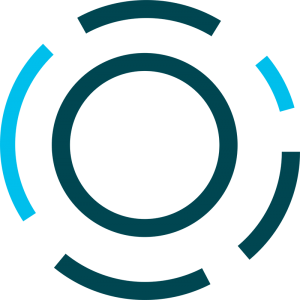
Aion is a lot more than just an interoperability project.
This Canadian powerhouse multi-tier blockchain 3.0 platform is focused on interoperability between blockchains. Its token is used for network transactions and data exchanges. Their platform allows developers to create Java applications within a blockchain.
Aion’s primary goal is to make blockchain accessible to the masses and fasten its worldwide adoption. Priding themselves on transparency and open source solutions, the Aion Network plans to target privacy, security, and scalability as its main focal points, but most importantly as a bridge connecting Ethereum’s network to Aion’s clients.
The platform allows users to share data and values between any Aion-compatible blockchains and Ethereum. It will ensure faster and lower-cost operation capacity for all Aion blockchains.
By creating public or private blockchains that support compatibility and the ability to work with other blockchains, publishers will be able to choose management, consensus mechanisms, regulate output and participation.
Another aspect making Aion stand out is “Aion Virtual Machine”, designed for Java developers across the world, it provides devs with “hybrid” tools specifically built for launching apps in the blockchain.
The Good
Partners
Aion has a huge list of partners in the space.
- Aeternity: Blockchain with scalable smart contracts interfacing with real-world data.
- Bancor: Standard for a new generation of cryptocurrencies.
- Bitt: The Caribbean’s fastest-growing platform for moving and holding assets.
- Blockchain Opportunity Fund: Investment fund focused exclusively on blockchain technology.
- Blockchange: Dedicated to using blockchain technologies for social change.
- Cooley: Law firm dealing with transformative deals, complex IP and regulatory matters, and high-stakes litigation.
- Deloitte: “Big 4” accounting firm. Audit, consulting, advisory, and tax services.
- Enigma: Blockchain where input data is kept hidden from nodes in the network.
- Futurism: Media platform with the latest science and technology news and videos on breakthroughs shaping the world of tomorrow.
- Goldenwise: Global multi-strategy investment management firm.
- ICON: Decentralized network of various professional institutions.
- Jaxx: Digital asset wallet created by Anthony Di Iorio.
- Metaverse: Augmented reality platform that makes it easy for non-programmers to create sophisticated, interactive, AR experiences.
- Ripple Ventures: Serial entrepreneurs seeking new investments in disruptive industries.
- Sonm: Decentralized fog computing platform.
- Torys: Onternational business law firm.
- Transform Group: Leading blockchain and ICO PR, strategic advisory and investor events firm.
- Wanchain: Financial market of digital assets.
- YouBi Capital: Private equity fund.
Projects Building on Aion
Aion also has a massive list of projects building on Aion.
- AionPay (Aionconnect.com)
- Agora (beta.agora.theoproject.io)
- AionRoulette (aion-roulette.netlify.com)
- BWF (bondwithfriends.com)
- ClanPlay (clan-play.com) | @ggmarketplace
- Cranberry (Aionconnect.com)
- DeepDefence (deepdefence.net) | @deepdefence
- ForTheRecord (aion-for-the-record.herokuapp.com)
- MatrixOne (mat.one)
- Metalyfe (metalyfe.com) | @metalyfe
- Pocket network (pokt.network) | @POKTnetwork
- RisePic (risepic.com)
- Spiro (centrys.io/enterprise)
- SPRXS (sprxs.io)
- THÉO (theoproject.io)
- Titan Suite (titan-suite.com)
- Vault Wallet (vaultwallet.io)
- Velocia (velocia.io)
- VeriTransfer (veritransfer.io)
- WandX (wandx.co) | @wandxapp
- WinMiner (winminer.com) | @teamwinminer
The Bad
Aion has serious competition as there is a massive push for blockchain interoperability. Blocknet, ARK, Polkadot, Cosmos, ICON, Wanchain are just a few.
Aion’s “Federated blockchain system” is only one of a handful of ways to go about interoperability. This approach can drive Aion into becoming obsolete against other “coordinated” methods.
Working with other blockchains to enable the AION interoperability standards might be an obstacle in an of itself. Connectivity requires Aion to understand and work as a team at the forefront of innovation with their team and external parties. Reaching “consensus” among peers is a much harder task than among nodes.
Top Exchanges
Website
Matic Network (MATIC)
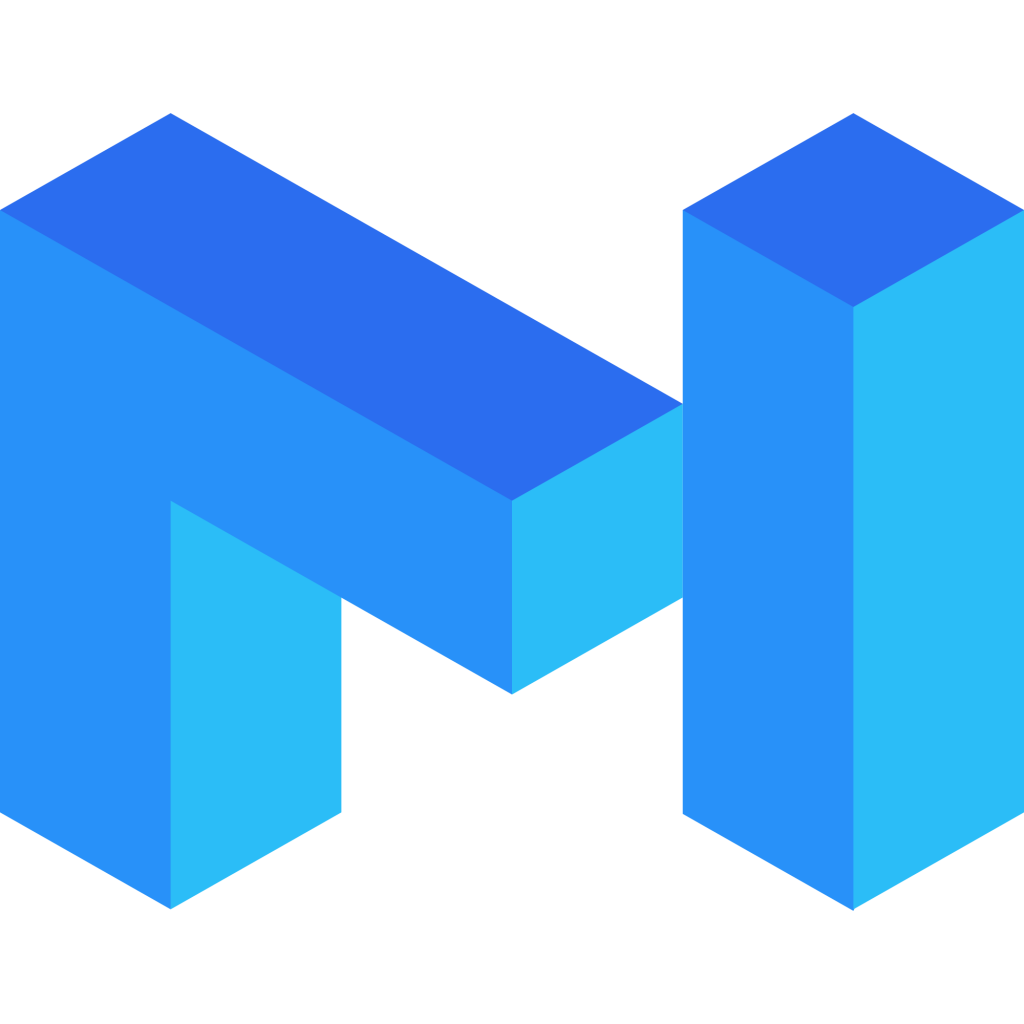
The Matic Network is one of the most recent IEOs to be conducted on the Binance Exchange Launchpad. It was proposed as an Ethereum sidechain with the goal of addressing Ethereum’s scalability issues.
The Good
Using Proof of Stake sidechains and Plasma technology, Matic’s vision is to create a scalability solution while remedying slow block confirmations, block size limitations, and computations issues in smart contract-based blockchain platforms.
Main Goals
- Provide a scalability solution as a Layer-2 alternative. (Achieved up to 10.000 TPS on a single side chain on internal testnet).
- Create an application platform for DApp developers with experience equivalent to Stripe for dApps.
- Develop a better UX/UI for mass adoption. By using Matic’s operators as stakers for their PoS system, the network experiences added security.
- Provide assets interoperability via DEXs.
The team is focused on merging their platform with the Ethereum Network and have plans to integrate with the 0x protocol. All 0x contracts can be deployed on Matic, which will allow relayers like Radar Relay and Paradex to perform efficiently without waiting for block confirmations. They also have future plans to support other blockchains and develop interoperability features across various existing public blockchains.
Matic’s competitors can’t measure up:
The Bad
Matic product and business model isn’t quite “innovative”. Rather the contrary. They opted for the simple and easy approach which risks being replicated by a competitor at a lower cost.
They started a little late on the race against their competitors. While not always a negative, Matic’s simple business model puts them in a disadvantageous position.
Their decentralized platform expansion might only really be necessary once it is fully matured. Which at times might prove to not be needed or obsolete.
Ethereum’s team could figure out possible scaling solutions on par or superior to Matic’s with their PoS/sharding solutions.
Top Exchanges
Website
Basic Attention Token (BAT)

Basic Attention Token is a reward cryptocurrency fueled by the Brave Browser. Founded by Brendan Eich, co-founder of Mozilla and Firefox. His vision was to create an open-source browser; transparent, decentralized with a network shared among users, publishers and advertisers.
The Good
Brave’s main feature is its ability to block all third-party advertisements and any data tracking derived from the user’s network connection. The integration of BAT allows for this to occur at a higher level than existing browsers.
Benefits in Relation to BAT’s Participants:
- Users: Privacy and security within the Brave ecosystem. Ads have improved relevance, token share, ability to ‘mine’ BAT tokens while surfing Brave’s browser.
- Publishers: Improved revenue, accurate reporting, and less fraud.
- Advertisers: Targeted customer attention, less fraud, and better attribution.
Token Use Cases
- BAT can be used for targeted advertising.
- Allows for access to premium content providers.
- Allows users to make micro-payments for exclusive access to higher quality content.
- Sharing a comment can require a “contribution”. That would also apply for the right to vote and rank comments. This system would reduce the number of abusive comments.
- Possible usage as a form of payment for digital goods online.
- Potential use as an in-game cryptocurrency.
Competitors
Decentralized competitors and key features:
The Bad
Brave and BAT face some very big potential obstacles. Including:
- Bringing publishers and advertisers onto the platform.
- Expecting users to adopt the Brave browser. This is by far the biggest challenge. Companies like Google Chrome, Safari and Firefox won’t go down without swinging.
- Advertisers aren’t used to directly paying customers for their attention.
- Potential for abuse in a “pay to watch ads” system.
Top Exchanges
Website
Conclusion
Blockchain technology is indeed complex, and the average user will only use the technology when the infrastructure that is being built now (with the help of the projects listed here) is complete.
While investing in these startups might in a way be investing in the future, the only way for these companies to remain relevant is by creating value for both the user and for the investor.
Most legitimate startups will fail, and their ideas today might go by unnoticed; However, in a not too distant future, they might become part of a “distributed network” of patents, ideas, and solutions acquitted by the tech giants that understand the landscape of today.
If you fancy any of the cryptocurrencies mentioned in this article, make sure to check out our guide “How to Buy Altcoins” to learn how to pick some up.
Remember: Invest cautiously and be sure to reference many sources before making any financial decisions in the cryptocurrency space.
